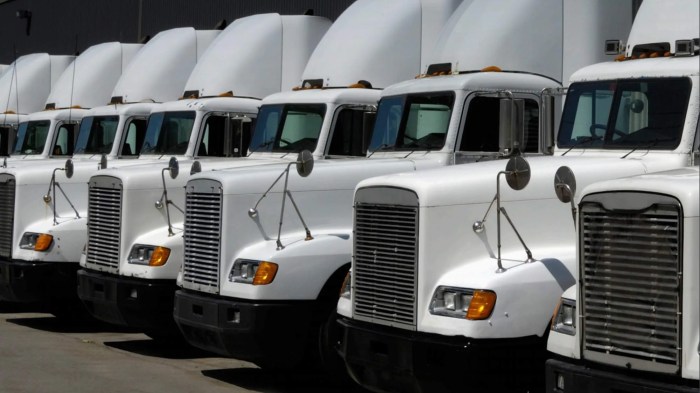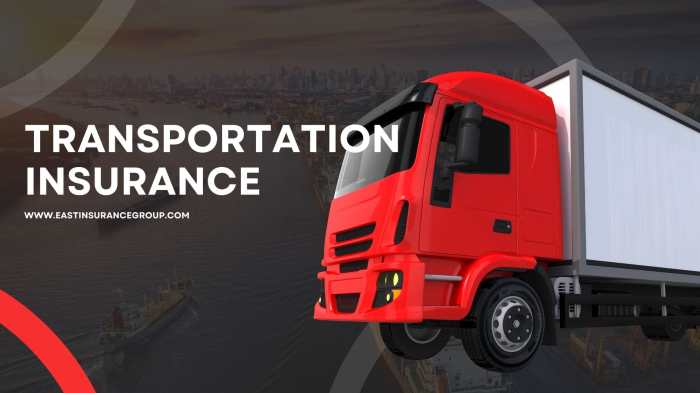Cash in transit insurance – Cash in Transit (CIT) insurance is a specialized type of insurance policy designed to protect businesses against financial losses resulting from theft, robbery, or other unforeseen events during the transportation of cash. This crucial coverage safeguards companies handling significant sums of money, ensuring business continuity and financial stability. This detailed guide will explore the intricacies of CIT insurance, covering its various aspects and helping you understand its importance.

Source: tibinsurance.com
Understanding the Risks of Cash Handling
The transportation of cash, whether it’s between branches, to banks, or to armored vehicles, presents inherent risks. Criminals specifically target cash-in-transit operations due to the potential for significant financial gains. These risks extend beyond simple robbery and encompass:

Source: hubinternational.com
- Robbery and Theft: This is the most common risk, involving armed robbery or stealthy theft of cash during transit.
- Accidental Loss or Damage: Accidents involving vehicles carrying cash can result in loss or damage to the money.
- Employee Dishonesty: Internal theft by employees involved in the cash handling process is a significant concern.
- Natural Disasters: Events like floods, fires, or earthquakes can destroy cash during transit or storage.
- Cybercrime: Although less direct, cyberattacks targeting financial institutions can indirectly impact cash-in-transit operations.
What Does Cash in Transit Insurance Cover?
CIT insurance policies are tailored to mitigate these risks. A comprehensive policy typically covers:
- Loss or damage to cash: This is the primary coverage, protecting against financial losses due to theft, robbery, or accidental damage.
- Damage to the vehicle: Some policies extend coverage to damage sustained by the vehicle transporting the cash.
- Legal and investigation costs: The policy may cover expenses incurred during investigations following a loss.
- Recovery costs: Costs associated with recovering stolen cash may be covered.
- Business interruption: In some cases, policies offer coverage for business interruption resulting from a cash-in-transit incident.
Types of CIT Insurance Policies, Cash in transit insurance
CIT insurance policies are not one-size-fits-all. The specific coverage and terms will vary depending on the insurer and the individual needs of the business. Common types of policies include:
- Named perils policy: This policy covers losses resulting from specific events listed in the policy document.
- All-risks policy: This offers broader coverage, protecting against a wider range of risks, including unforeseen circumstances.
- Excess liability coverage: This provides additional coverage beyond the limits of the primary policy.
Factors Affecting CIT Insurance Premiums
The cost of CIT insurance is determined by several factors:
- Amount of cash transported: Higher cash values generally result in higher premiums.
- Frequency of transportation: More frequent cash movements increase the risk and, consequently, the premium.
- Security measures: Businesses employing robust security measures, such as GPS tracking and armored vehicles, may qualify for lower premiums.
- Geographic location: High-crime areas typically attract higher premiums due to increased risk.
- Claims history: A history of previous claims can lead to higher premiums.
- Type of policy: All-risks policies generally have higher premiums than named perils policies.
Choosing the Right CIT Insurance Provider
Selecting the right insurer is crucial. Consider these factors:
- Financial stability: Choose a reputable insurer with a strong financial standing.
- Claims handling process: Inquire about the insurer’s claims handling procedures and efficiency.
- Policy coverage: Carefully review the policy wording to ensure it meets your specific needs.
- Customer service: Opt for an insurer with responsive and helpful customer service.
- Premium costs: Compare quotes from multiple insurers to find the best value for your money.
Minimizing Cash in Transit Risks
While insurance protects against losses, proactive risk management is essential. Consider these measures:
- Utilize armored vehicles: Armored vehicles offer enhanced security during transportation.
- Employ trained security personnel: Well-trained security guards can deter potential criminals.
- Implement GPS tracking: Real-time tracking allows for monitoring and rapid response in case of an incident.
- Vary routes and schedules: Predictable routes and schedules make businesses easier targets.
- Regular security audits: Regular audits identify vulnerabilities and improve security protocols.
- Employee background checks: Thorough background checks reduce the risk of internal theft.
Frequently Asked Questions (FAQ)
- Q: What is the difference between CIT insurance and general liability insurance? A: CIT insurance specifically covers losses related to cash in transit, while general liability insurance covers broader business liabilities.
- Q: How much does CIT insurance cost? A: The cost varies greatly depending on the factors mentioned above. Obtaining quotes from multiple insurers is recommended.
- Q: What happens if I make a claim? A: The claims process typically involves reporting the incident to the insurer, providing necessary documentation, and cooperating with any investigations.
- Q: Can I insure cash held on premises? A: While CIT insurance focuses on transit, some policies may offer limited coverage for cash held on premises. However, separate crime insurance might be more appropriate for this.
- Q: What are the penalties for making a fraudulent claim? A: Fraudulent claims can result in policy cancellation, legal action, and criminal charges.
Conclusion
Cash in transit insurance is a critical component of risk management for businesses handling significant cash amounts. By understanding the risks involved, selecting the appropriate coverage, and implementing robust security measures, businesses can minimize their vulnerability and protect their financial assets. Don’t leave your valuable cash unprotected – contact an insurance professional today to discuss your CIT insurance needs.
Call to Action (CTA): Cash In Transit Insurance
Protect your business from financial losses. Get a free quote for Cash in Transit insurance today! Contact us now for a personalized consultation.
Commonly Asked Questions
What types of businesses typically need cash in transit insurance?

Source: eastinsurancegroup.com
Businesses handling large amounts of cash regularly, such as banks, armored car services, retail chains, and payroll companies, commonly require this insurance.
Can individuals obtain cash in transit insurance?
Yes, individuals transporting significant sums of cash, perhaps for a large real estate transaction or other substantial financial dealings, can also secure this type of coverage.
What is typically excluded from cash in transit insurance?
Common exclusions can include losses due to employee dishonesty, pre-existing conditions, or events resulting from war or civil unrest. Specific exclusions vary by policy.
How is the premium for cash in transit insurance determined?
Premiums are calculated based on several factors, including the amount of cash transported, the frequency of transport, the geographical risk, and the security measures used during transit.
